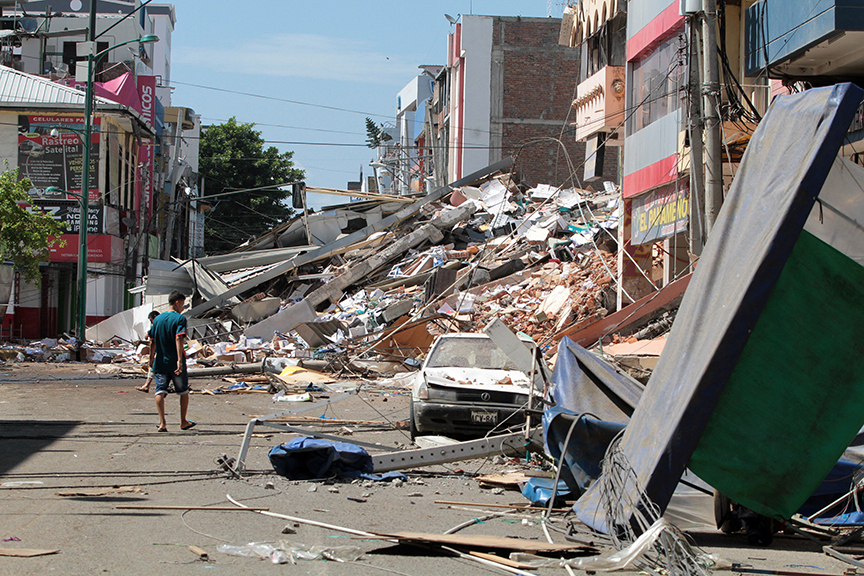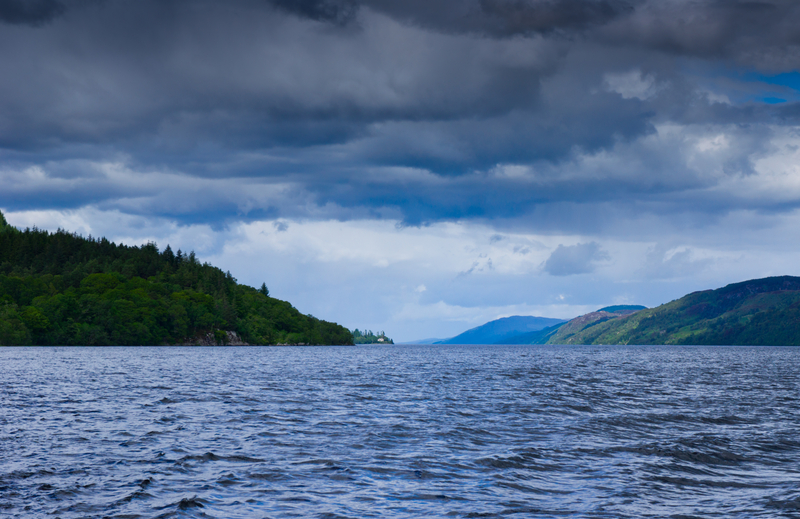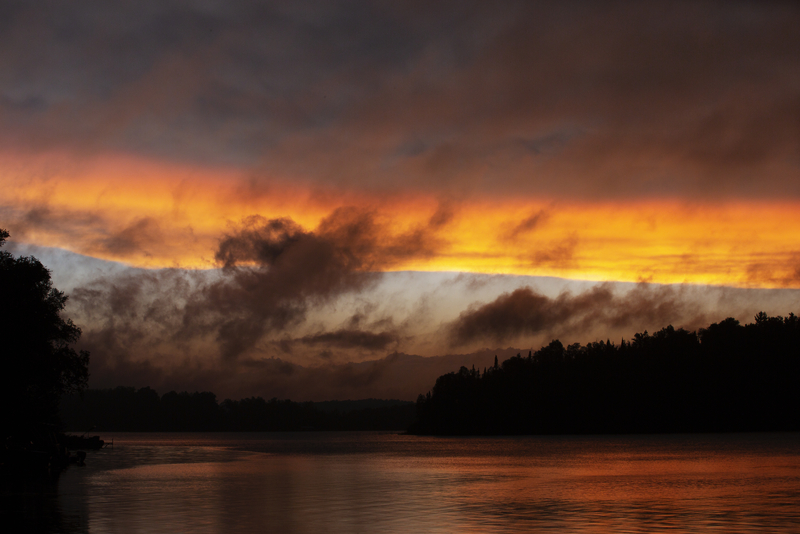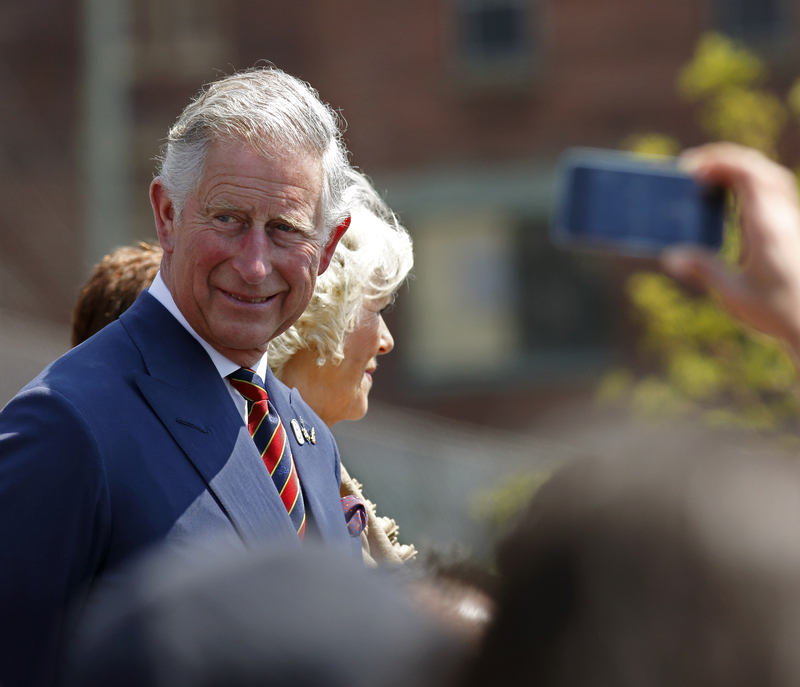Starting this past Thursday and then again on Saturday, Japan's Kyushu region (found in the southern part of the country) was hit by twin earthquakes. The quakes measured 6.2 and 7.0 on the Richter scale (a way of measuring the overall strength of an earthquake, the higher the number, the more powerful the quake).
Then later on Saturday evening, an even more powerful 7.8 earthquake hit the South American country of Ecuador. This is the worst earthquake to hit there in decades — even though 7.8 doesn't sound much higher than 7.0, the Ecuadorian quake was actually 16 times more powerful than the second Japanese one.
Combined, these quakes left behind a devastating trail of damage, fires, and broken bridges and buildings. Rescue crews, as well as thousands of police and armed forces, have been working endlessly to search for survivors trapped in collapsed buildings. In Japan, close to 50 people have died in the two earthquakes, with nearly 1,000 people injured. In Ecuador, 272 people have died so far, while over 2,500 people are injured.
The Ring of Fire

The ring of fire
Japan and Ecuador are in different hemispheres, over 15,000 kilometres (9,000 miles) apart and separated by the entire Pacific Ocean. But because the quakes happened so close together (Japan's second quake was on Saturday morning their time, Ecuador's later that evening), people can't help but wonder if they are connected. One thing that the two countries have in common is that they are both a part of the Ring of Fire.
This "ring" is an area of high volcanic and earthquake activity. It runs along the coasts of the Pacific Ocean, from New Zealand to Papua New Guinea, up through Philippines and Japan, then across to western Canada and the United States, over most of Mexico and Central America, and finally down western South America, ending at Chile. 90% of the world's earthquakes happen here, so what happened in Japan and Ecuador could just be a terrible coincidence. Researchers will need more time to determine whether or not they might be related.
Regardless, the devastation is a scary reminder of how challenging it can be to prepare for emergencies like this.
 ECUADOR, Portoviejo: Houses affected by the earthquake of 7.8 degrees on the richter scale, in Manta, Sunday 17 April 2016 (Photo by Jean Faget / ACGPHOTO/NurPhoto).
ECUADOR, Portoviejo: Houses affected by the earthquake of 7.8 degrees on the richter scale, in Manta, Sunday 17 April 2016 (Photo by Jean Faget / ACGPHOTO/NurPhoto).










🙂 😀 🙂 😀 🙂 😀 😎 😯
❓